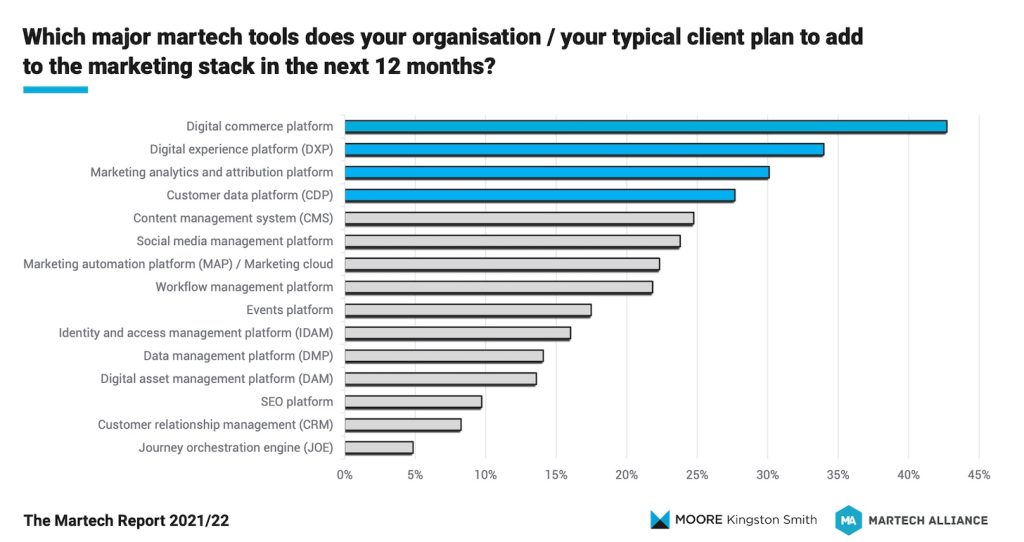We’re publishing a day early this week due to the Thanksgiving holiday here in the U.S. While the holiday is on Thursday, a large part of the population checks out tomorrow.
This week we have articles from Siobhan Roberts and James Governor. News comes from Netlify and OneGraph, Snowflake, Datadobi, and Databricks.
Opinion / Analysis
An E. coli biocomputer solves a maze by sharing the work
E. coli thrives in our guts, sometimes to unfortunate effect, and it facilitates scientific advances—in DNA, biofuels, and Pfizer’s covid vaccine, to name but a few. Now this multitalented bacterium has a new trick: it can solve a classic computational maze problem using distributed computing—dividing up the necessary calculations among different types of genetically engineered cells.
Siobhan Roberts reports on how this promising and fascinating feat of synthetic biology was accomplished.
https://www.technologyreview.com/2021/11/09/1039107/e-coli-maze-solving-biocomputer/
The great smooshing: fragmentation and not fragmentation in technology infrastructure
Of course there is bundling and unbundling, but that is just one piece of the larger, more complex, and eternal software opera. James Governor explains and demonstrates the smooshing etc., and describes the current state of the cycle.
More reading…
- Great way to think about it… Digital privacy is now an unstoppable “Three Body Problem” via Mobile Dev Memo
- Excellent case study. (yes, it’s Zillow)… A $9B AI fail via Gianluca Mauro
- Learning how AlphaZero learned?… ♟♟ Chess learning explainability via TheSequence
Content technology news
Netlify acquires OneGraph GraphQL platform
OneGraph will drive innovation in the Netlify platform to make it easier to build and manage integrations across third-party services and access internal services and data.
https://gilbane.com/2021/11/netlify-acquires-onegraph-graphql-platform/
Snowflake announces Python support and more
To help organizations operate across clouds and regions & data engineering and data science teams build pipelines, ML workflows, and applications faster.
https://gilbane.com/2021/11/snowflake-announces-python-support-and-more/
Datadobi introduces DobiMigrate API
DobiMigrate Version 5.13’s new API will allow organizations to programmatically configure unstructured data migrations using the API.
https://gilbane.com/2021/11/datadobi-introduces-dobimigrate-api/
Databricks launches Partner Connect
To make it easier for customers to discover and connect popular data, analytics, and AI tools to their lakehouse, and deliver native product integrations.
https://gilbane.com/2021/11/databricks-launches-partner-connect/
The Gilbane Advisor is curated by Frank Gilbane for content technology, computing, and digital experience professionals. The focus is on strategic technologies. We publish recommended articles and content technology news weekly. We do not sell or share personal data.
Subscribe | Feed | View online | Editorial policy | Privacy policy | Contact


